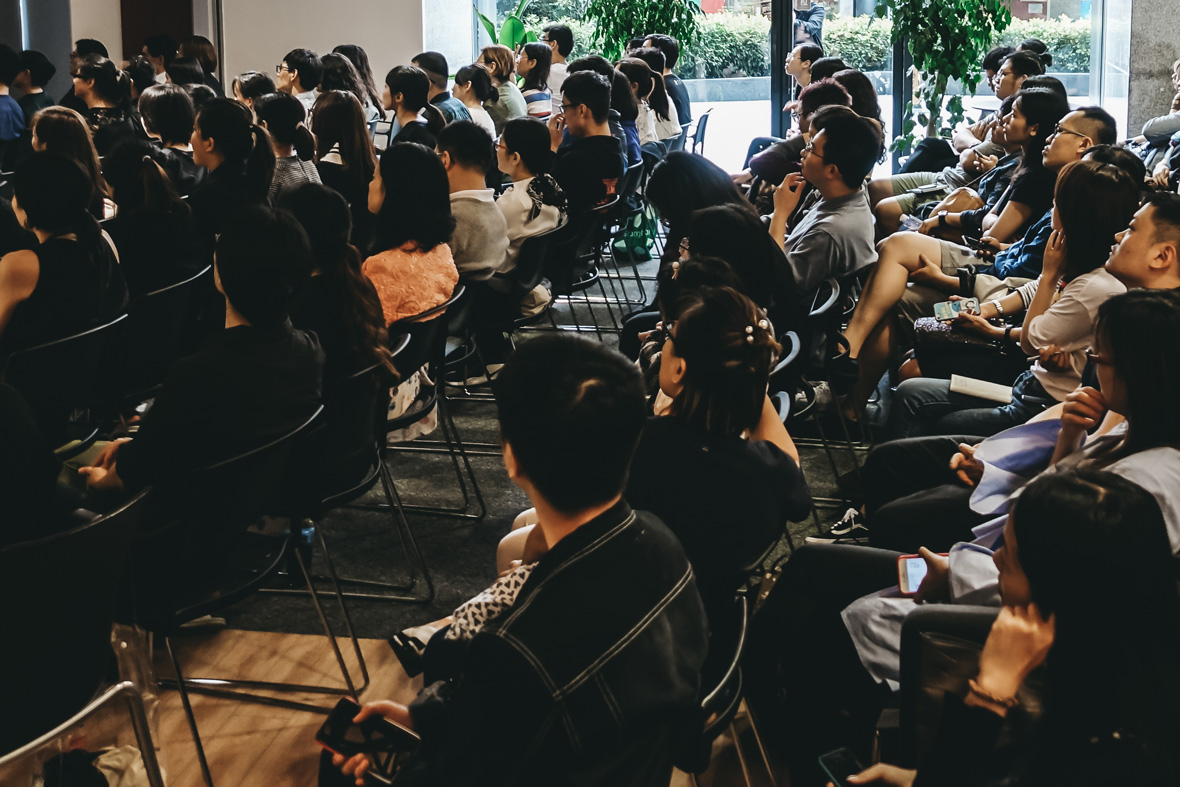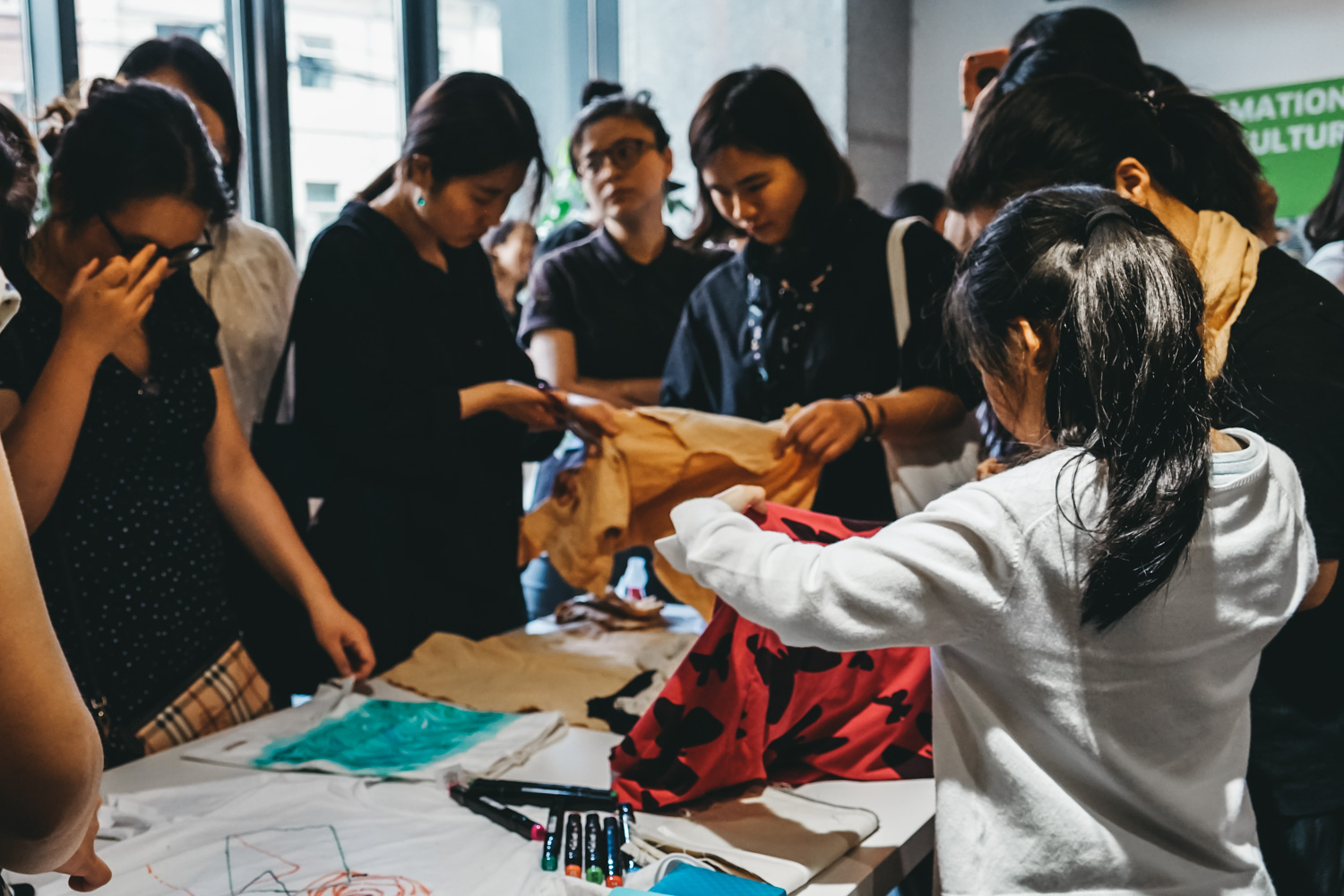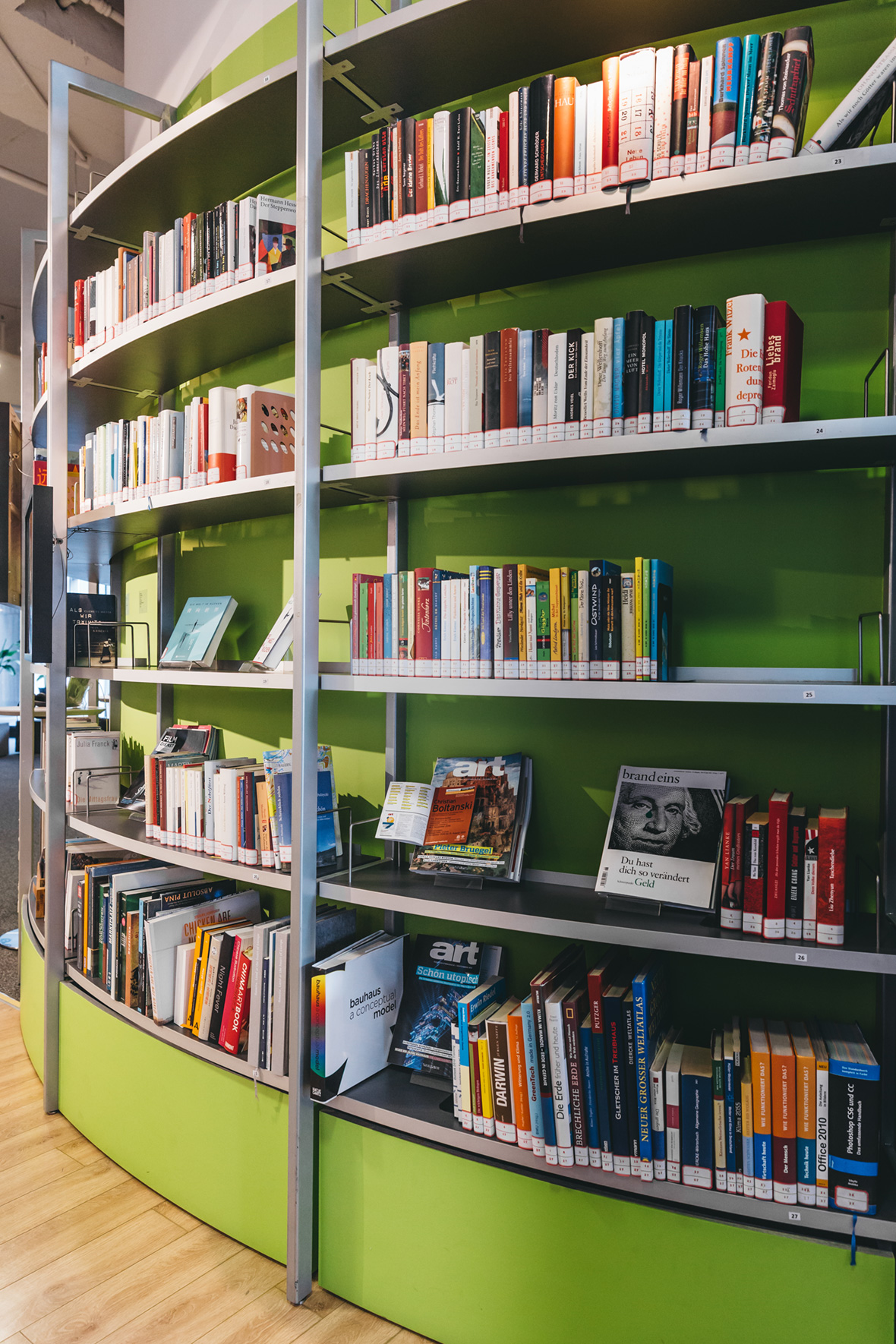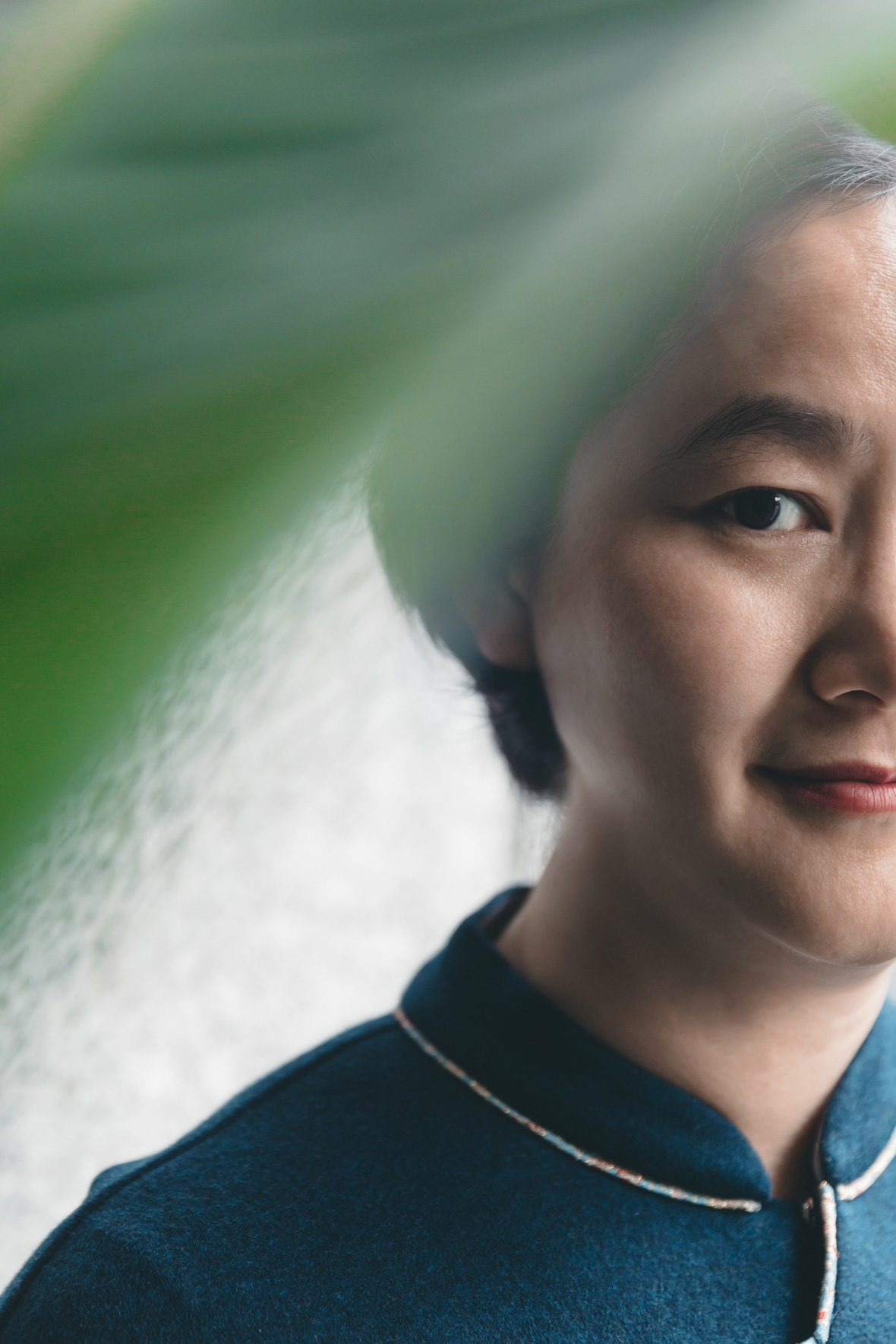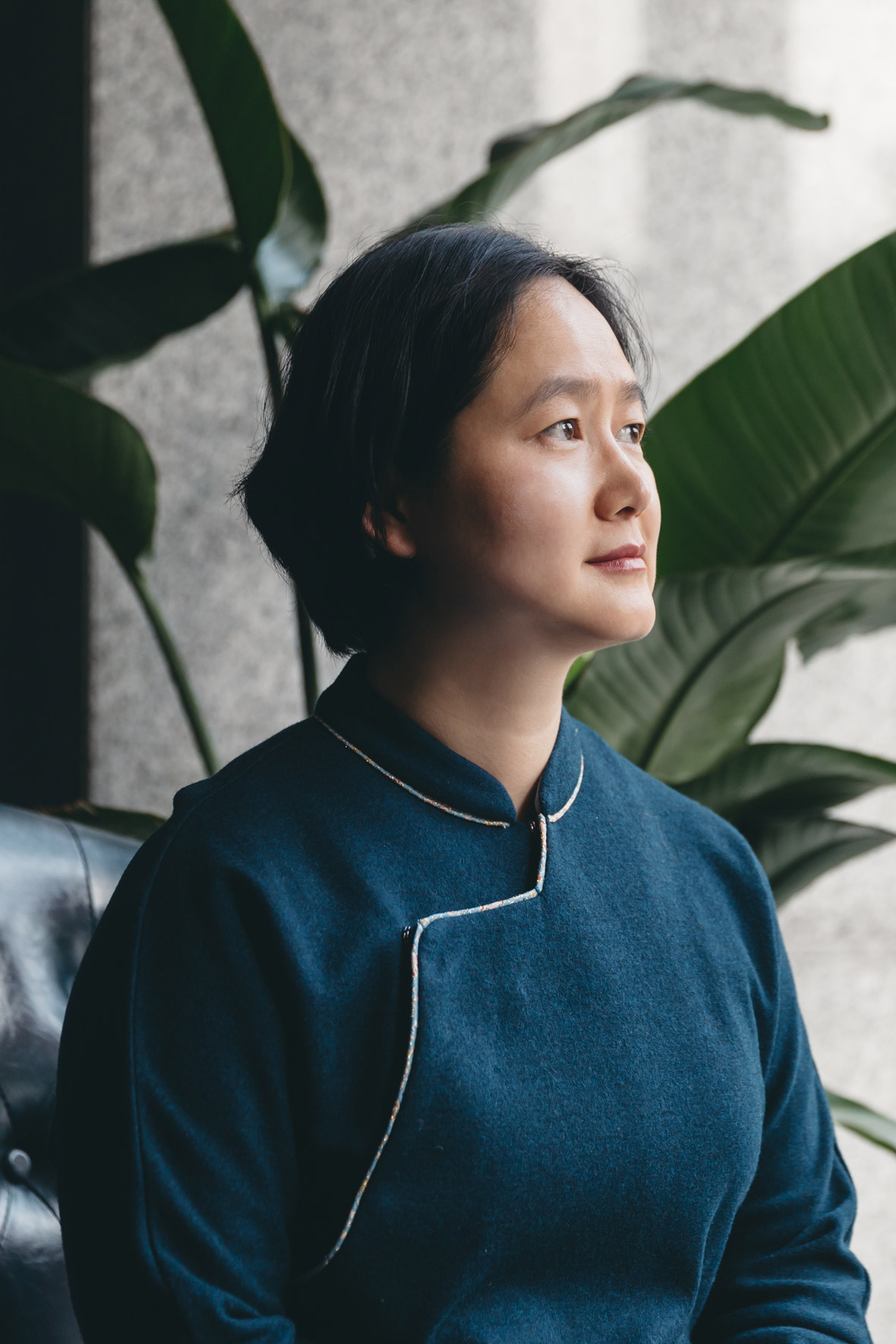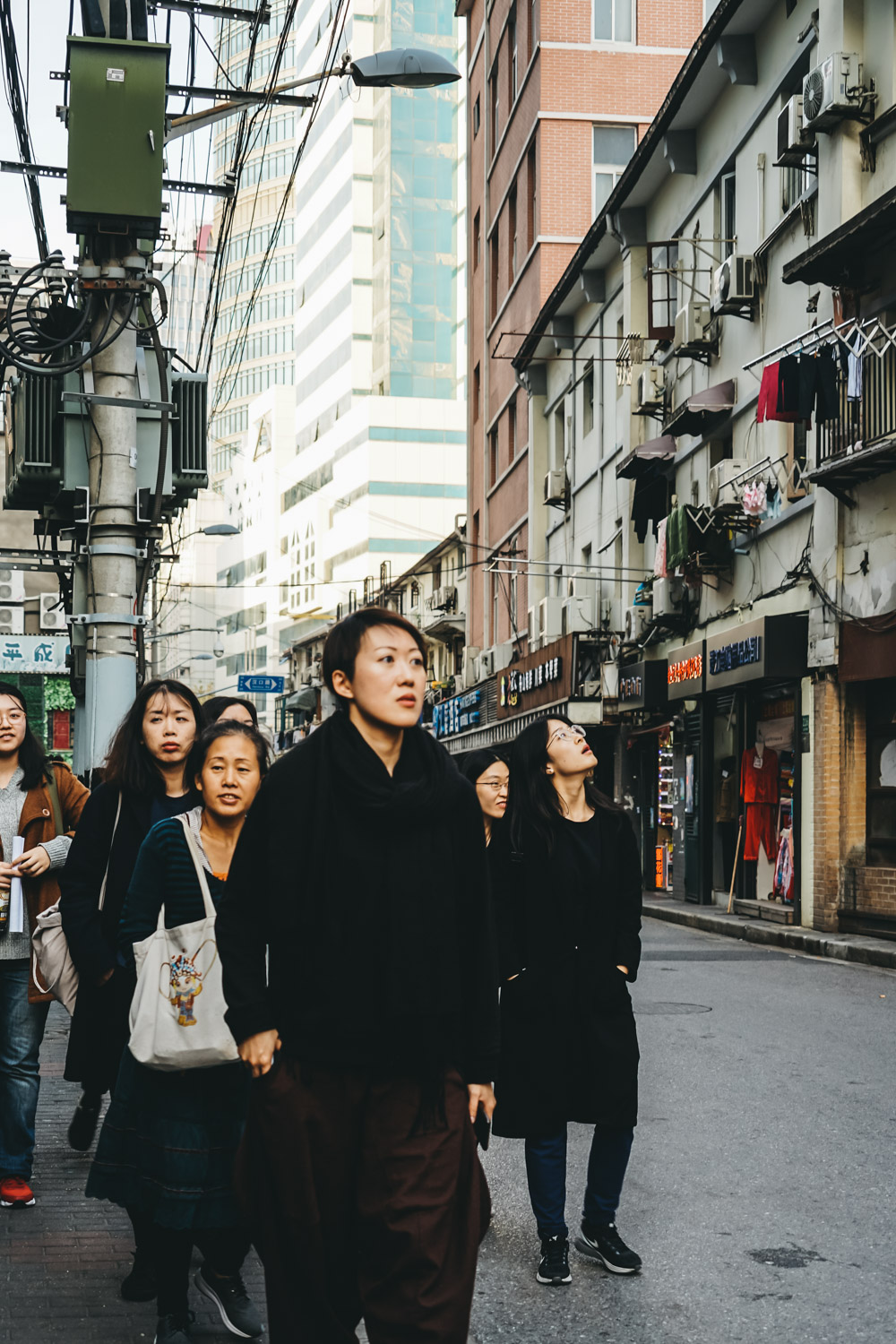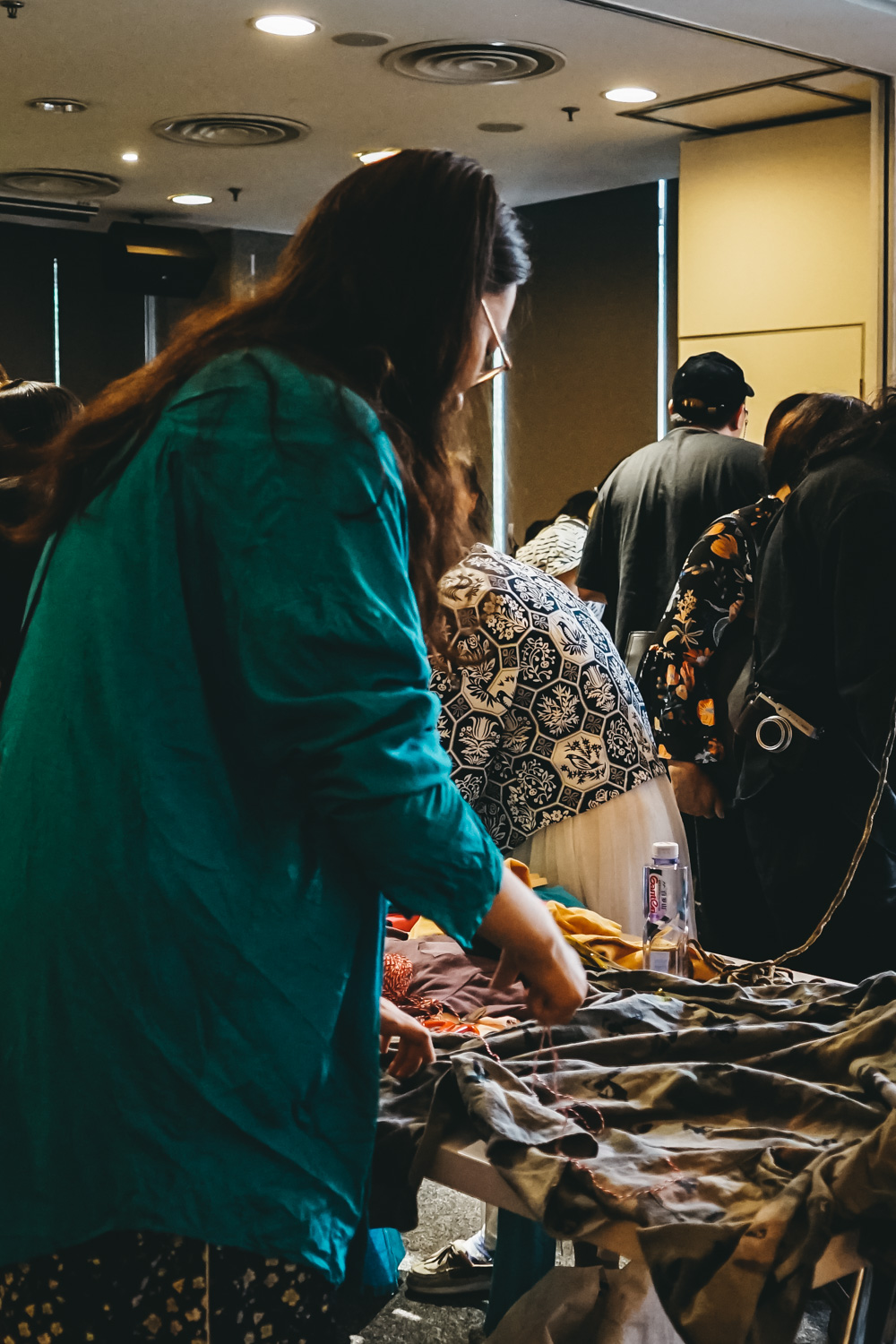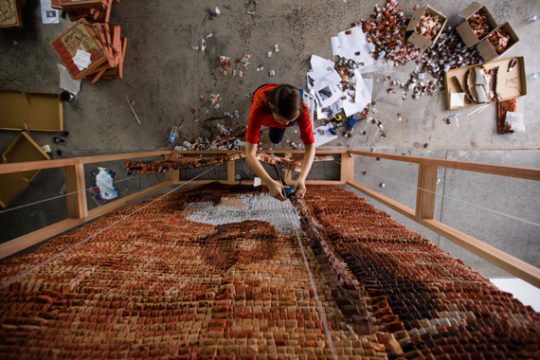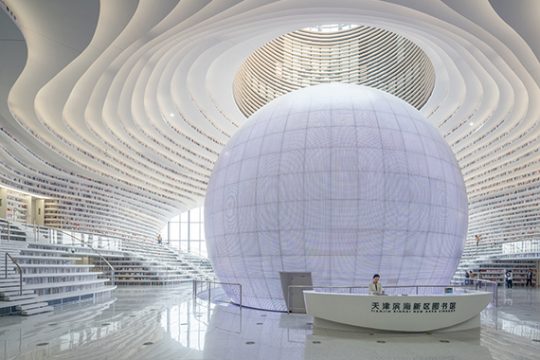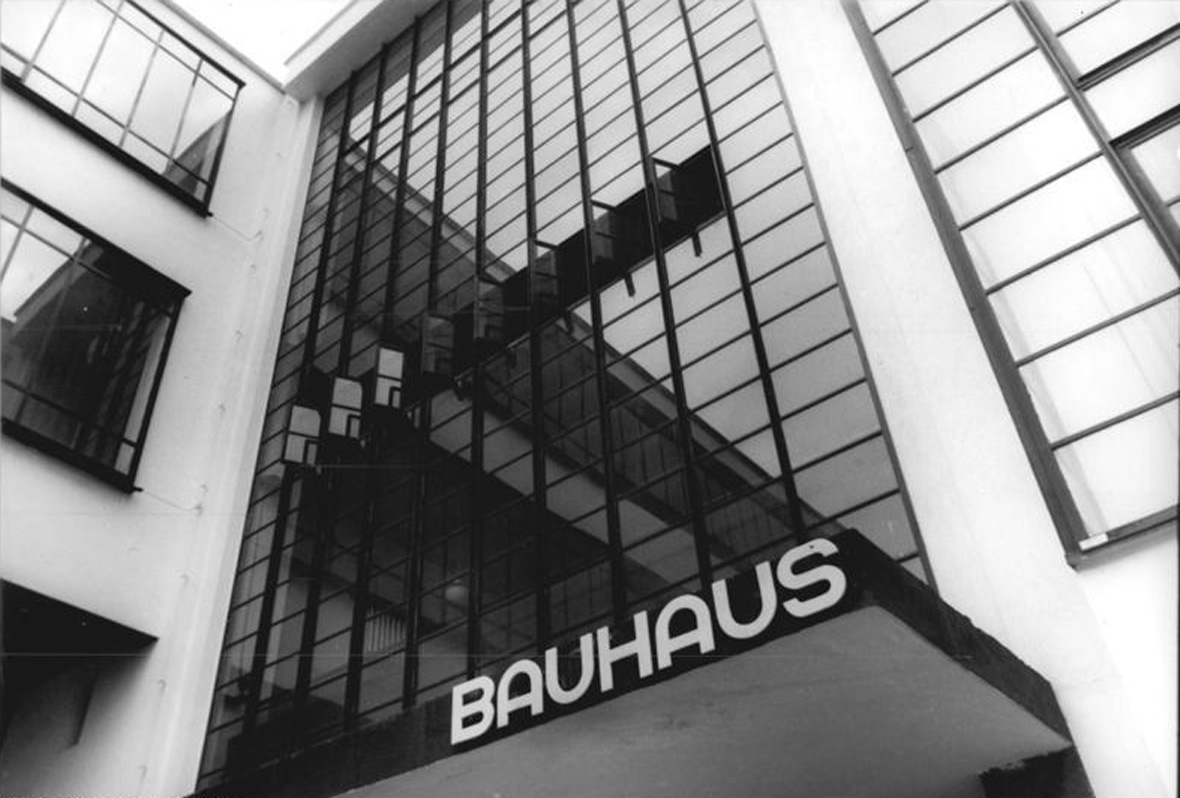
Bauhaus is turning one hundred. The iconic German art school first opened its doors in 1919, in Weimar, and was shut down just fourteen years later, when the Nazis came to power in 1933. Over the course of its brief life, it became synonymous with modern design. It stripped furniture and building façades of ornamental frills, and its minimalist aesthetic set the tone for architecture around the world. By the middle of the century its imprint could be seen everywhere from Japan to Israel to Yugoslavia—though perhaps nowhere is it so visible as in the United States, where many of the artists and architects who studied and taught at the school, a number of whom were Jewish, fled in 1933.
Today, the “International Style” that Bauhaus popularized is viewed with more ambivalence: on the one hand, it gave us austere masterpieces like Mies van der Rohe’s Seagram Building in New York, and on the other, it led to the soulless corporate blocks that make so many downtowns look identical. In any event, Bauhaus’s function-first ethos still has a devoted following, in Asia as much as in Europe or the Americas. And even though a century has gone by, it may still have something to teach us today. That’s the thinking behind a recent series of workshops held in Shanghai to mark the school’s 100th anniversary.
包豪斯(Bauhaus)即将迎来 100 周年纪念。其代表性的国立包豪斯学校于 1919 年在德国魏玛创办,十四年后随着纳粹上台而被迫关闭。但尽管办学生涯短暂,包豪斯学院却给世界带来了极为重要的影响,并成为了现代设计的代名词。包豪斯主义主张减除家具和建筑外立面的装饰细节,这种简约的美学为世界各国的建筑设计奠定基调。到了上世纪中期,包豪斯风格的影响已遍及全球,从日本到以色列,再到南斯拉夫,到处都能看到它留下的痕迹。但是,受包豪斯主义影响最显著的莫过于美国,因为在 1933 年纳粹当政,在包豪斯学院学习和教学的许多艺术家和建筑师,都纷纷逃离到美国,特别是受到迫害的犹太人。
而如今,很多人对包豪斯倡导的“国际风格”保持矛盾心态:一方面,它给我们带来了像现代建筑大师密斯·凡德罗(Mies van der Rohe)在纽约设计建造的西格拉姆大厦(Seagram Building)这样简朴的杰作,但另一方面,它也催生了世界各个城市中大同小异、没有灵魂的商业大楼。
但不管怎么说,包豪斯强调实用功能性的理念,在亚、欧、美至今依然盛行。一个世纪过去了,关于它的理念,还有很多值得人们去探讨和学习的内容。为此,近来上海为纪念包豪斯学院的百年诞辰,举办了一系列活动和工作坊。
Sponsored by the Department of Culture and Education of the German Consulate General in Shanghai, the workshops were organized by Shen Qilan, a Chinese curator, educator, and writer who maintains close ties to Germany, where she completed her doctorate in philosophy. “Bauhaus is an outstanding intellectual tradition, but it’s not often talked about here,” says Shen. She organized the events with two aims. “First, to introduce people to the existence and value of the Bauhaus tradition. And second, to ask what that tradition has to do with our current moment in 2018 or 2019. Often we see things from 1919 as documents, as something from the past. Yet Bauhaus, I firmly believe, is relevant to the present.”
这一系列工作坊由德国驻上海领事馆文化教育处主办,由中国策展人、教育家及作家沈奇岚负责组织。曾留学德国的沈奇岚,在那里修完了哲学博士学位,至今还与德国保持着密切的联系。“包豪斯是一个很出色的思想传统,但是这边好像说得不太多。”沈奇岚说。关于组织这些活动的她有两个目标:“一个是让大家知道,包豪斯这个传统的存在和它的价值,第二是,这个传统它跟我们当下的 2018 年、2019 年有什么关系,因为很多时候我们去看 1919 年的东西,它就是个文献,是一个过去的东西。但我强烈感觉到,包豪斯跟我们当下还有联系。”
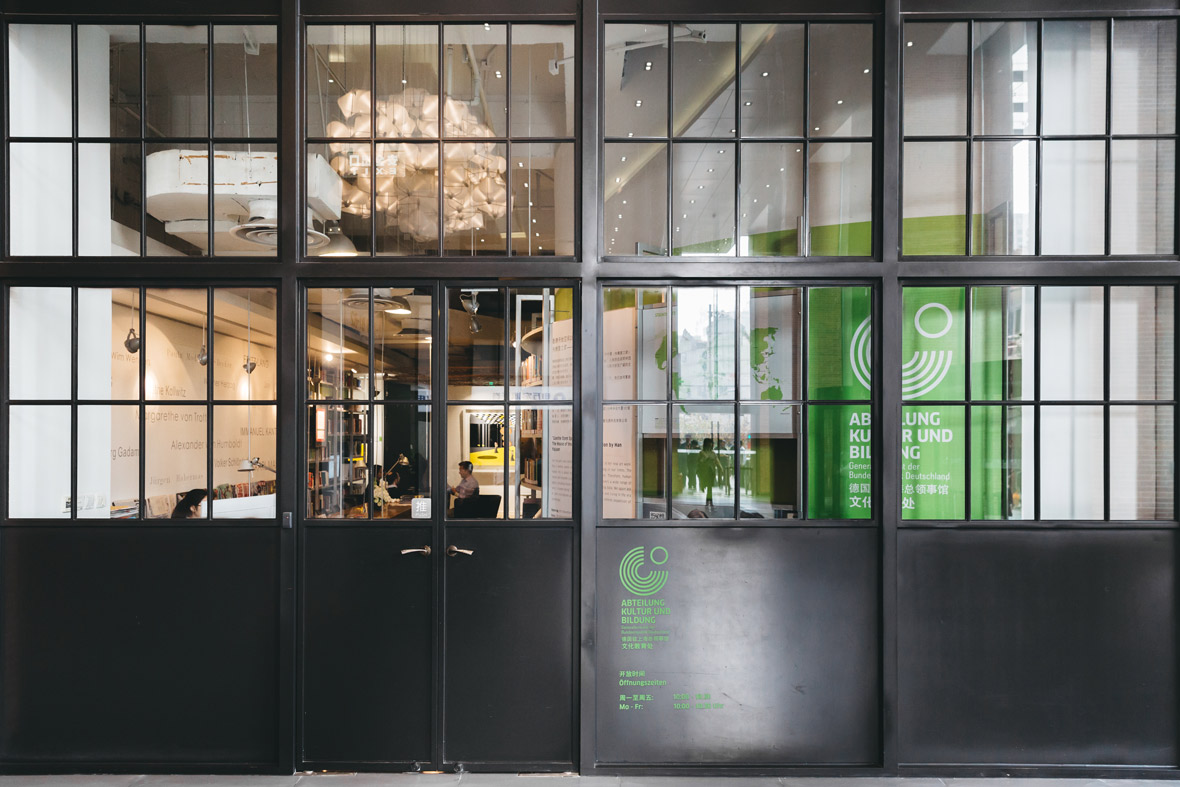
The workshops began in the spring, with a series of four sessions titled Bauhaus Class 1.0. “Shen Qilan invited several prominent scholars from the Chinese cultural scene,” says Oliver Hartmann, head of the Department of Culture and Education. “The first class was really successful: there were 100, 120 people sitting there drawing, working with fabrics, being creative, learning from Chinese experts about Bauhaus.” That success led them to organize Bauhaus Class 2.0, a longer set of six classes in the fall. “The first course focused on Bauhaus’s past, and the second one focused more on its legacy,” he explains. “The second course also had a practical dimension, because we did city walks: students went outside to experience and compare buildings, and they also visited our experts in their studios.” Both courses filled up quickly with people from a variety of backgrounds who shared little more than an interest in design—at least one parent even brought a child. Students who attended all four classes in the spring, or all six in the fall, and successfully completed the homework, received a certificate.
这一系列工作坊从春季开始,包豪斯课堂 1.0 (Bauhaus 1.0)包括了四个课程。领事馆文化教育处负责人郝立夫(Oliver Hartmann)说:“沈奇岚邀请了几位来自中国文化界的著名学者。第一次的课堂非常成功,来了一百多人,大家坐在一起画画,发挥创意,以面料为主题创作,向中国大师们学习有关包豪斯的知识。”
这一次课堂的成功使得他们又组织举办了包豪斯课堂 2.0(Bauhaus 2.0),在秋季开办,共包括了六节课。“包豪斯 1.0 关注的是包豪斯的过去,而 2.0 则会更关注它的传承与影响。包豪斯 2.0 也会更注重实践。我们组织了城市漫步,让学生到街上去体验和比较建筑,到工作室里与我们的专家会面。”郝立夫说。这两次开课吸引的学员都来自不同背景,甚至还有一位带孩子来听课的家长。所有学员们齐聚一堂,而他们之间仅有的共同点就是对设计的兴趣。所有参加包豪斯 1.0 或 2.0 并成功地完成作业的学员,都会获得一份证书。
Still, what does Bauhaus have to do with Shanghai, a city that after all is better known for its art deco treasures and its postmodern skyscrapers? As Shen explains, Bauhaus had an important, albeit indirect, influence in China. “The most profound impact it had was on architectural thought. Of course there wasn’t any direct influence, because no Chinese students studied at the Bauhaus, but its thinking was passed on,” she says.
When the Bauhaus school opened in 1919, at the start of the interwar period, German society found itself in the midst of radical economic and political upheavals. “It was a time of large-scale industrial production, and society as a whole was figuring out how to respond, in thought, in art, in culture, in design,” says Shen. Bauhaus responded with designs that prioritized efficiency above all else: from high rises to chairs, its forms are sleek and linear, reduced to their core elements. “What’s fascinating is that, at a time of momentous change, a group of particularly independent-minded people came to use their own means to address problems raised by the society and the times.” They offered an elegant visual language for a newly industrialized world.
但是,包豪斯与上海之间到底有何联系呢?毕竟在上海,更为人熟知的是这里的 Art deco 建筑和后现代风格的摩天大楼。沈奇岚解释说,包豪斯对中国是有影响的,虽然说是间接性的。“最深刻的影响就体现在建筑思想上。当然,直接影响是没有的,因为没有中国学生去包豪斯学院上过课。但是它的思想流传了下来。”她解释道。
1919 年,包豪斯学院成立时,正值两次世界大战的战间期,德国社会正经历一系列激进的经济和政治动荡。“这是一个大工业生产的时代,而整个社会在变迁的过程当中大家在考虑如何去应对,就是思想上、艺术上、文化上、设计上,其实都是在一个锻炼的状态。”沈奇岚说。对此,包豪斯的回应是一系列以效率优先的设计:从高楼到椅子,所有的外形设计均是圆滑、线性的,简约到只剩下核心要素。“这一点很刺激,当时代大变迁的时候,有这一批特别有想法的人用他们的方式去解决时代和社会给的问题。”他们为新工业化社会带来了一种优雅的视觉语言。
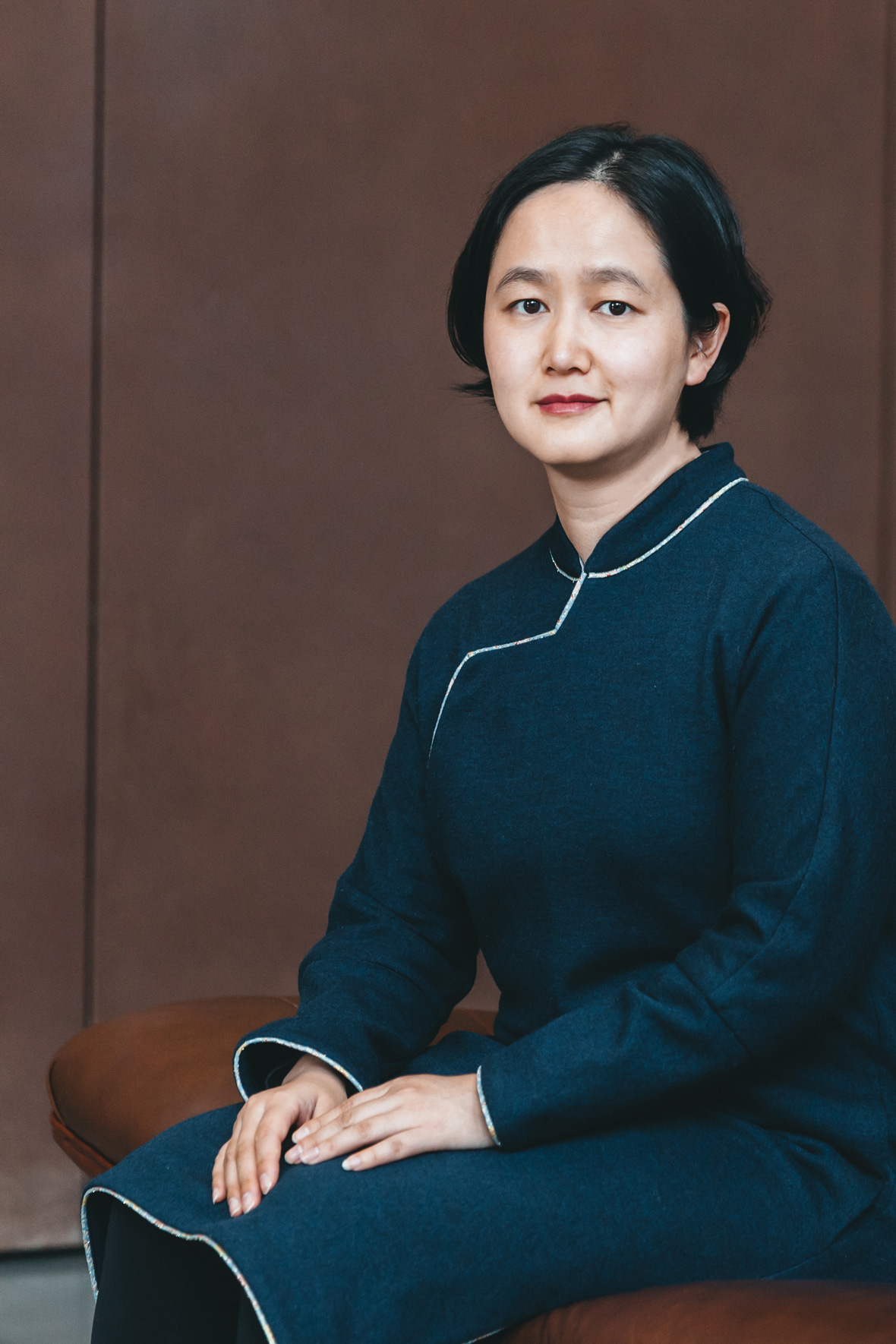
One hundred years later, artists and architects face a different context and a different set of challenges. For one thing, cities today are vastly bigger than they were in 1919, as Shen readily acknowledges. “Today in Asia, cities with populations in the tens of millions are normal. With tens of millions of people, how do you design housing, how do you design offices, how do you design streets? The spaces we live in are totally different.”
Yet that doesn’t mean that Bauhaus is no longer relevant. “We can’t use products designed by the Bauhaus to meet our current needs,” Shen explains, “but the school’s thought, its belief in responding to the needs of the times—that’s something we can use in the present.”
100 年后, 艺术家和建筑师面临着不同的背景和挑战。首先,今天的城市比 1919 年规模要大得多,在新时代更需要我们在建筑和城市化方面提出新的解决方案,这点沈奇岚乐于承认。“现在在亚洲,几千万人口很正常,但是如果几千万人的话,住宅该怎么设计?办公室怎么设计、街道怎么设计呢?我们的生活空间,已经跟原来完全不一样了。”
然而这并不意味着和包豪斯也不再相关了。沈奇岚说:“我们不能用包豪斯设计的产品,去解决我们当下的需要。但是它的思维,它的那种‘面对时代要求去回应’的这个理念,是可以用在我们现在的。”
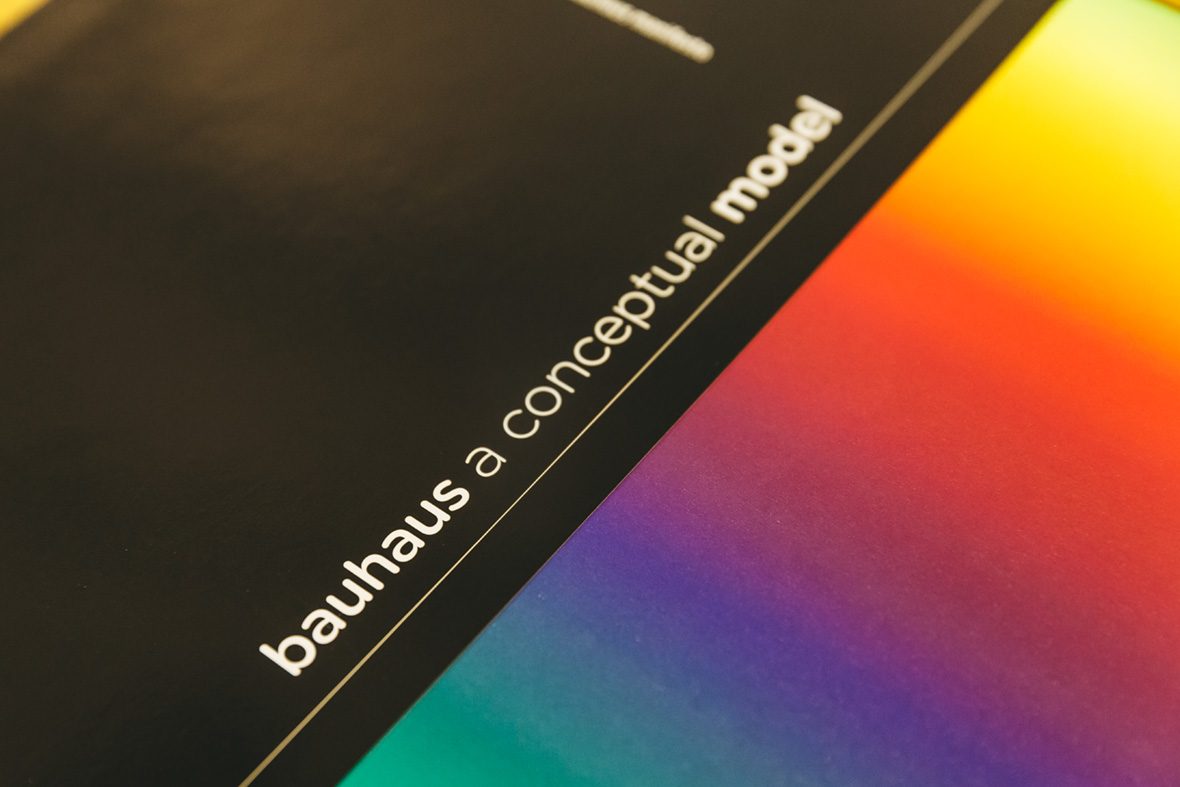
Both courses, Bauhaus Class 1.0 and 2.0, used the philosophy of this design tradition to look at the urban environments. One class, led by Bu Bing, turned students’ attention to the street just outside the cultural center, Middle Shandong Road. Students spent time watching the street, sought to understand it, and then invented their own symbolic system to respond to it. “You first observe the street, then you condense it to a symbol. You can capture this symbol in a photo, you can respond through dance, you can draw a map.” For students and teachers alike, this requires looking at a familiar environment with fresh eyes. “You have to look at the street again, this short stretch of road that’s only 400 meters long. We found that not one person had ever looked at it so closely.”
包豪斯课堂 1.0 和 2.0 这两个系列的课程,遵循这一设计传统的理念,审视着当代城市环境。其中一节课,由建筑家卜冰老师带领学生,将注意力投向了山东中路文化中心外面的街道。学生们通过观察街道、理解街道,然后创作出自己的象征系统。“你需要先观察街道,然后把它浓缩成一个符号。你可以在照片捕捉这个符号,也可以通过舞蹈、画地图来作出你的回应。”无论是对学生或是导师,这都需要你以全新的目光在熟悉的环境里搜索。“你必须到街上再看看,这 400 米长的短短的街道。但我们发现,没有一个人曾那么密切地观察过它。”
The Bauhaus workshops are part of a varied array of courses, exhibitions, film series, talks, and other events that the German consulate puts on in Shanghai. Shen sees these as an important platform for cultural exchange, where people can learn not just about a particular topic but about different modes of thought. “Germany has a very important tradition of kritisch zu sein, that is, being critical. If you say something, I won’t just agree with it—I’ll analyze it and maybe say that 70% I agree with, 30% I doubt,” she says. “They really respect intellectuals.” Both Hartmann and Shen stress the importance of making sure these exchange go both ways, so that people in the West can learn about China.
“包豪斯课堂”隶属德国驻上海总领事馆在上海举办的一系列课程、展览、电影、讲座等活动。在沈奇岚看来,这些活动是文化交流的重要平台,人们不仅可以从中学习像包豪斯这样特定的主题,同时能了解不同的思维模式。“德国有一个很重要的传统,这个德语叫‘kritisch zu sein’,就是说保持评价审慎的态度。如果你说了什么,我不会仅仅只是表达同意——我会分析一下,可能 70% 我会接受,30% 我要怀疑。他们很尊重知识分子。”她说。她和郝立夫同时强调要确保这些交流是双向的,让来自西方国家的人们也可以从中了解中国。
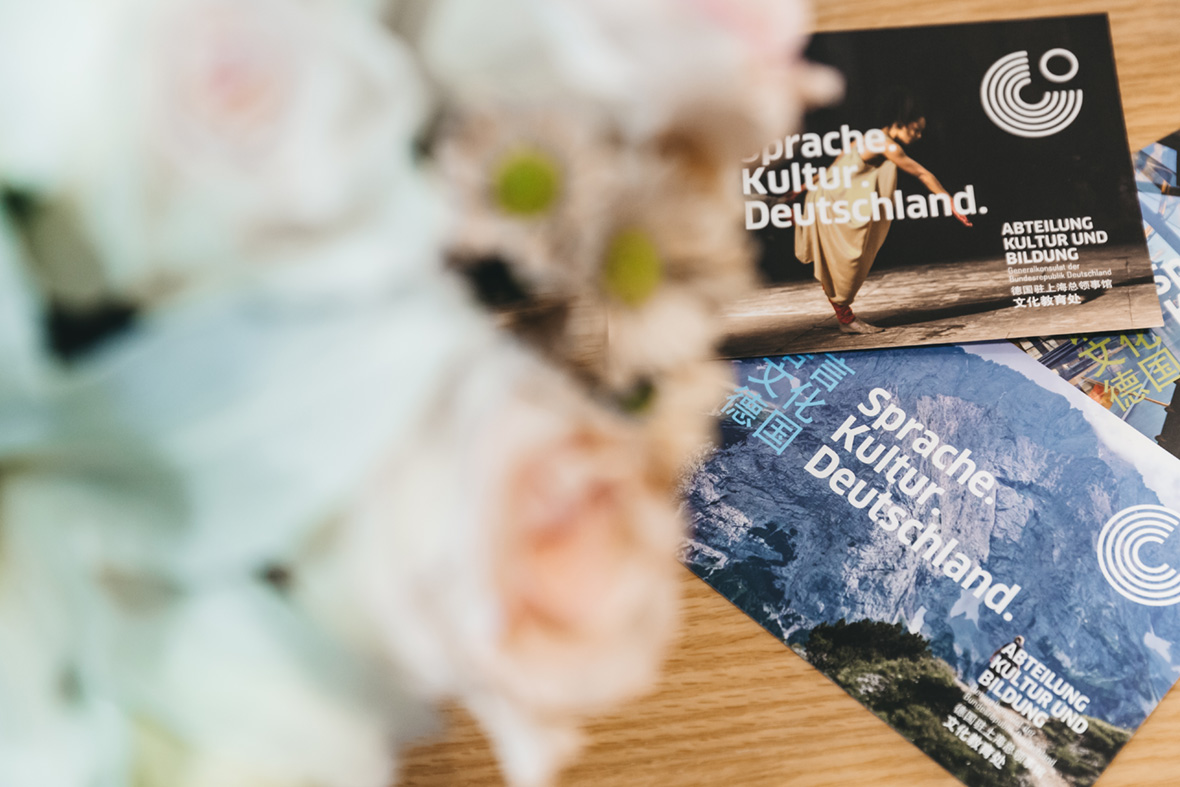
Shanghai is a few months ahead of the curve in celebrating the Bauhaus centenary. In 2019 events will take place around the world to commemorate the school, most notably a series of exhibitions called Bauhaus Imaginista. Shen is excited for so many people to learn about this tradition, whose life was a short as it was transformative. “Everyone can experience the power of art to change your life,” she notes. “That’s part of Bauhaus.”
上海其实是提前了几个月来庆祝包豪斯的百年诞辰。2019 年,全球将会举办一系列的活动来纪念这座著名的德国设计学院,其中最引人注目的是名为“Bauhaus Imaginista”的系列展览。沈奇岚很高兴能让这么多的人了解到包豪斯。包豪斯的生命很短,但它是一场巨大的变革。“大家会发现艺术它具有改变生活的力量。”她说,“而这就是包豪斯的一部分。”
Website: goethe.de/shanghai
WeChat: AKuB_Shanghai
Contributor: Allen Young
Photographer: David Yen
Additional Images Courtesy of Goethe Institut China

